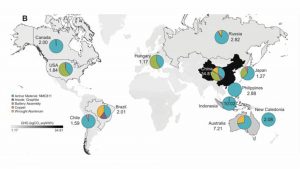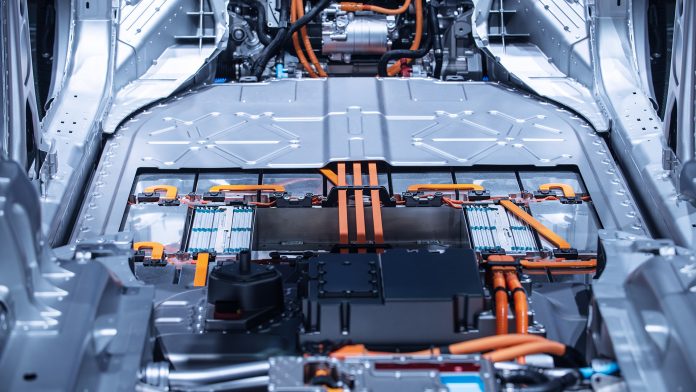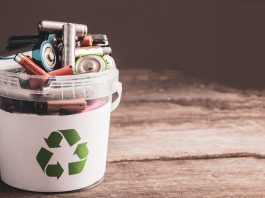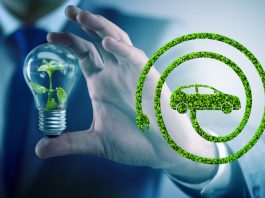The development of the EV battery industry will be crucial to decarbonisation and net zero goals.
However, an EV battery requires energy and an array of minerals to produce and is not without its own environmental impacts.
Researchers have traced the energy consumption and greenhouse gas emissions in the global productions and supply chains of two common EV battery technologies and their future variants: nickel-manganese-cobalt (NMC) and lithium-iron-phosphate (LFP).
This poses questions about whether the EV battery industry can ever truly be sustainable.
The research, ‘Estimating the environmental impacts of global lithium-ion battery supply chain: A temporal, geographical, and technological perspective,’ is published in PNAS Nexus.
Battery-related emissions are only set to grow
Understanding the environmental impact of electric vehicle batteries is crucial for a low-carbon future. However, a sustainable low-carbon transition via the EV battery industry will require a comprehensive understanding of lithium-ion batteries’ global supply chain environmental impacts.
Today, two-thirds of battery-related emissions occur in China (45%), Indonesia (13%), and Australia (9%), in part due to emissions-intensive electricity for nickel mining in Indonesia and nickel refining in China.

With the projected growth in electric vehicles, the annual emissions from the EV battery industry globally could exceed 600 MtCO2eq by 2050.
This is approximately the annual combustion-based CO2 emitted by Indonesia today, the fourth most populous country in the world.
The EV battery industry must act now for a sustainable future
The researchers noted that if the EV battery industry shifted to less CO2-intensive battery chemistry, like LFP, emissions could be reduced by about 20% by 2050.
Notably, the patent on LFP batteries expired in 2022, heralding a possible expansion of their use outside of China, where LFP batteries currently dominate the market.
A switch to lithium iron phosphate-based chemistry could enable emission savings of about 1.5 GtCO2eq.
The use of renewable electricity offers a significant CO2 reduction prospect, given that electricity consumption accounts for about 37% of total EV battery manufacturing emissions.
Over time, with the creation of a circular battery recycling economy, manufacturers could rely increasingly on secondary materials, therefore reducing demand for emissions-intensive, newly mined primary materials.
The authors concluded that breakthroughs in battery chemistries such as lithium-sulfur, lithium-silicon, lithium-air, solid-state, and sodium-ion batteries could potentially pave the way to a more sustainable future in the EV battery industry.









